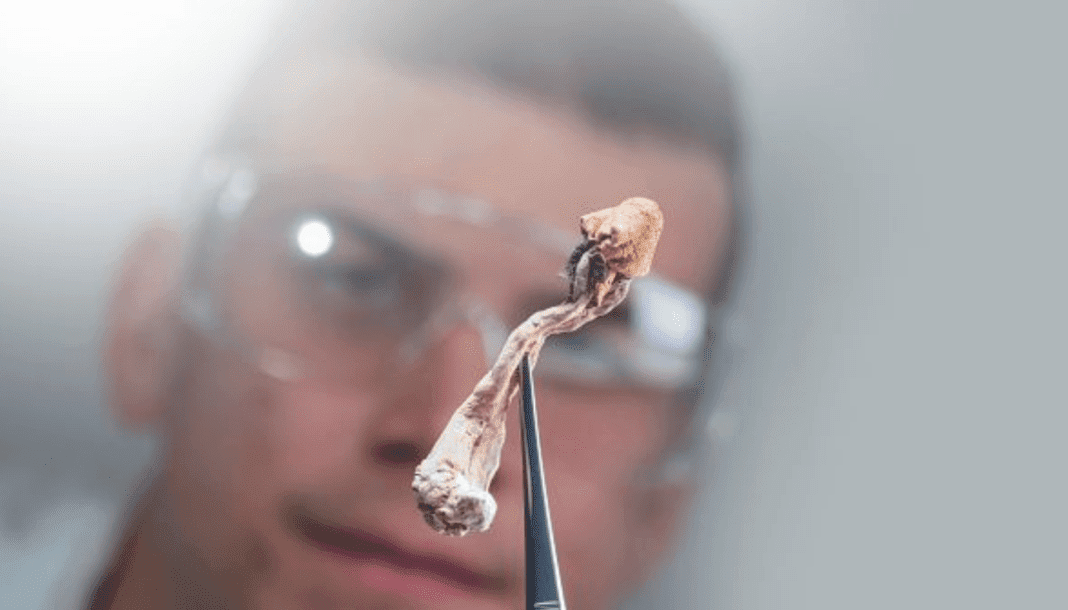Case scenario
Thom, 37, a regular patient of the pharmacy, presents their venlafaxine repeat for dispensing. You know this has been prescribed for PTSD and ask how they have been going with their treatment. They disclose that their symptoms have been difficult to manage over the last few weeks and that they don’t feel like their medication has been working as well. Thom explains that a friend mentioned MDMA could be used for PTSD, and they’re now considering taking it to help them feel better.
Introduction
The Therapeutic Goods Administration (TGA) has announced the down- scheduling of psilocybin and 3,
THIS IS A CPD ARTICLE. YOU NEED TO BE A PSA MEMBER AND LOGGED IN TO READ MORE.















